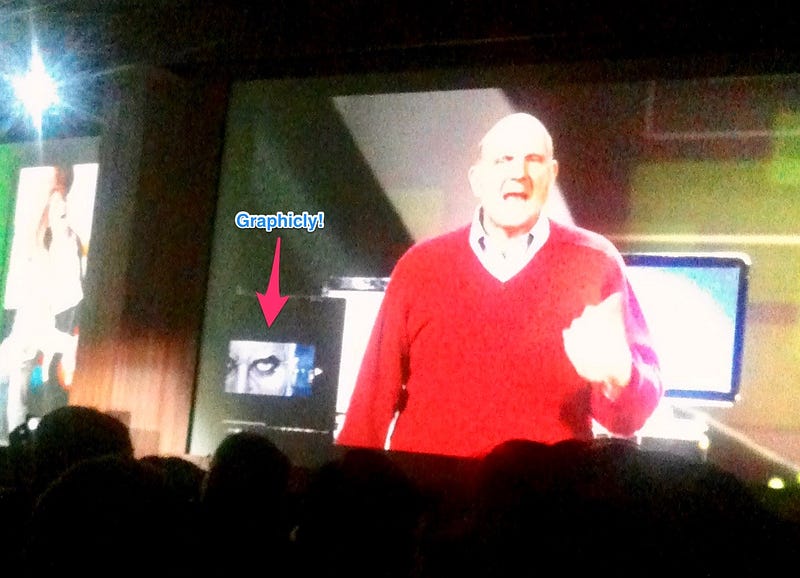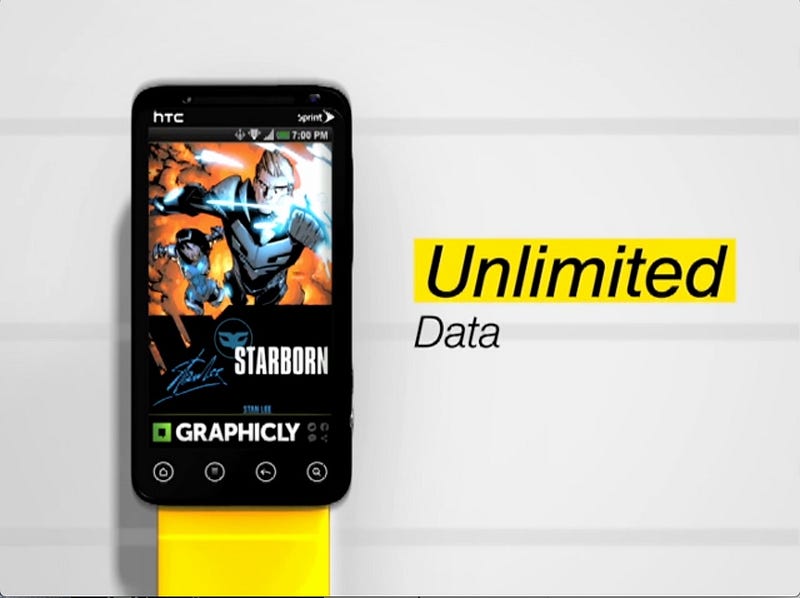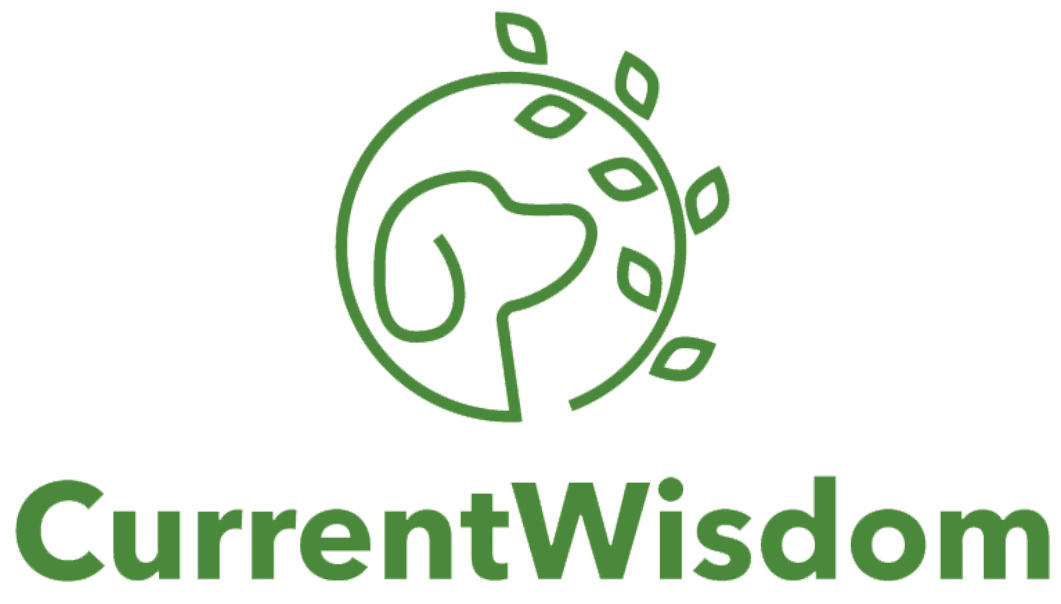Launch at CES? Sure!

Our Launch at CES 2010
“Want to be on the stage at CES with Ballmer?”
It was late 2009. Graphicly and Kevin Mann had just finished the Boulder Techstars program and I had moved from being a mentor to CEO and co-founder. I was excited. Here was a young, smart team building what I considered the future of publishing, and we had just been asked if we wanted to have Steve Ballmer demo our product on the stage at CES.
“Um, sure?”
Dave Drach, who at the time was working at Microsoft on the BizSpark team (at the very beginning of the program) was one of our biggest supporters.
Dave has never stopped working his fingers to the bone for founders. He is now at Techstars helping companies grow. If you are in the Techstars’ community, and don’t know Dave, you are doing yourself a disservice.
“What does that mean, Dave?”
“Well, I can’t really tell you.”
CES 8–10 years ago was a really big deal. Every major company spent millions for a presence. I was told at some point that some companies spent more than $10 million, and as I walked around the show I was blown away at the small towns some companies, like Sony, IBM and others built.
We were small at the time. Graphicly had raised just over $1m in December of 2009 (closed on December 22!!) from some wonderful investors, many of which are now friends. Maybe 6 or 7 folks.
And now, we were offered what seemed like an amazing opportunity.
But like all amazing opportunities, it came with a decision:
Do we redirect resources to prepare for the launch and the requirements of the demo, or do we pass?
Every founder is presented with opportunities that seem great. That are “company making.” That are once in a lifetime. That are too good to let pass.
We, perhaps due to my hubris, or maybe because of our confidence, decided to go for it.
The requirements were simple. Make sure the application would work on a device that Microsoft was launching (a touchscreen PC), get legal clearance for the content, and travel to Las Vegas and do several interviews.
Easy.
At least the interviews were.
Or so I thought.
Microsoft had set up a separate area for press interviews. I would sit in a room and journalists would rotate into the room to interview me at thirty minutes a clip. For 8 hours.
Look, talking is something I excel at. Talking for 8 hours straight constantly repeating myself…yeah, that’s a whole other skill.
In the room were several other companies that Microsoft was presenting as well (not all on the main stage). Each was way ahead of us. Kobo was there (who about six months later sold for $350M+ to Rakuten) and a couple of other companies (no idea if they are still around).
I felt small. We were small. I was there by myself, with minimal media training, trying to show what I believed in my heart, we were the future, and certain I was failing every thirty minutes. For 8 hours.
Do you want to be on the main stage?
You would think that any comic publisher would be excited to be on the main stage at CES.
You would be wrong.
We approached DC. At the time they hadn’t decided if they were going to go digital, and felt that if they had let us use their content, it would have created a bad signal. Later, at San Diego Comic-Con, they decided to work with Comixology in a “non-exclusive, exclusive way.”
They were open to working with anyone, but were only working with Comixology because they didn’t want to confuse their customers.That decision effectively killed Graphicly, but that is a story for another day.
We asked Marvel. They said sure. But, since it was a new device, and it was public, they required a license fee. That fee was like 30% of our funding. We said thanks, but no.
We then went to Boom! Studios. We had similar investors, but more importantly, the founder, Ross Richie is just a dope dude. He understood the future. He wanted to be part of it. We were overjoyed.
C’mon, it can’t be that hard, can it?
Um, yeah, it can be.
Modifying our application was no joke. We had decided to attack the desktop as phone are really a bad way to read comics, and the iPad hadn’t been released just yet. More so, we had heard the screen was going to be around 9 inches, much smaller than a standard comic, so there was no telling if comic publishers or readers would accept the device.
Mistake #2 that led to Comixology’s beating us in the space.
Additionally, we had built the entire application in Adobe Air (it was 2010!) because we needed additional the additional interactive functionality Air brought to the application. The app was beautifully designed.
But, the Microsoft device was touchscreen (we hadnt designed for that UI), and Microsoft was pushing Silverlight over Adobe.
It can’t be that hard to redesign our application to work on that device, right?
We were, well I was, a dummy. Developing anything is hard. Developing for a single use case is just stupid.
Seems self-evident, right?
Power goes out
When we got into the main hall at CES there was an eerie quiet. I saw my friend Anthony Ha, a journalist at Techcrunch (at the time he was at VentureBeat, I think), and sat next to him. I kept teasing that something fun was going to happen in the hopes he would also write about us.
I looked at my watch and it was five minutes past the start time. The crowd was restless. The stage was dark.
I started freaking out. What if they decided to drop us? We did not have 100% confirmation that we would make it into the presentation. I knew that since we didn’t have a large recognizable comic brand (Marvel or DC), there was a chance that all of our work was for naught.
I leaned over to Dave. “We cool?”
“I dunno.”
Shit. The minutes continued to pass by. For anyone that has ever been involved in keynotes like this, every minute is scripted. And now, minutes were passing. The presentation would be modified to fit the time. There was no going over.
Dave whispered “The power is out.”
Double shit.
We were a little startup. With companies like HP and other huge enterprises on stage with Microsoft, we were toast. There was no way we would be part of the keynote.
We had put in all that work, time and money. I thought about how I was going to disappoint my teammates, my investors and partners. I started drafting the “my bad” email. I was prepared for the shit storm that was coming.
Then the lights went on. The keynote started. About half way through, Ballmer and a senior executive from Microsoft walked over to the touchscreen computer.
“Tell me (whatever that dude’s name was) what cool things can we do with this PC?” Ballmer shouted.
“Read comics! Here is Graphicly, a startup in our BizSpark program that built a cutting-edge comics application for Windows!”
A quick swipe, a hurried photo, and it was done.
All that work for 15 seconds.
But we did it.
Sprint Ad
About a year later, we were approached to be in a Sprint ad. Having learned from CES, I asked if we could just submit some screen shots.
Don’t blink or you’ll miss us.
[embed]https://www.youtube.com/watch?v=aIquXn8Z1J4[/embed]

Look at that!
